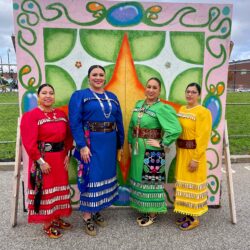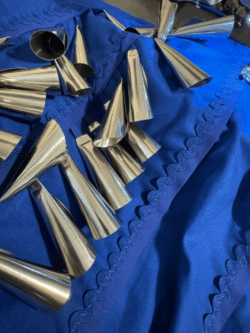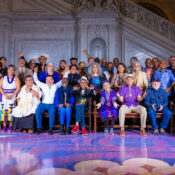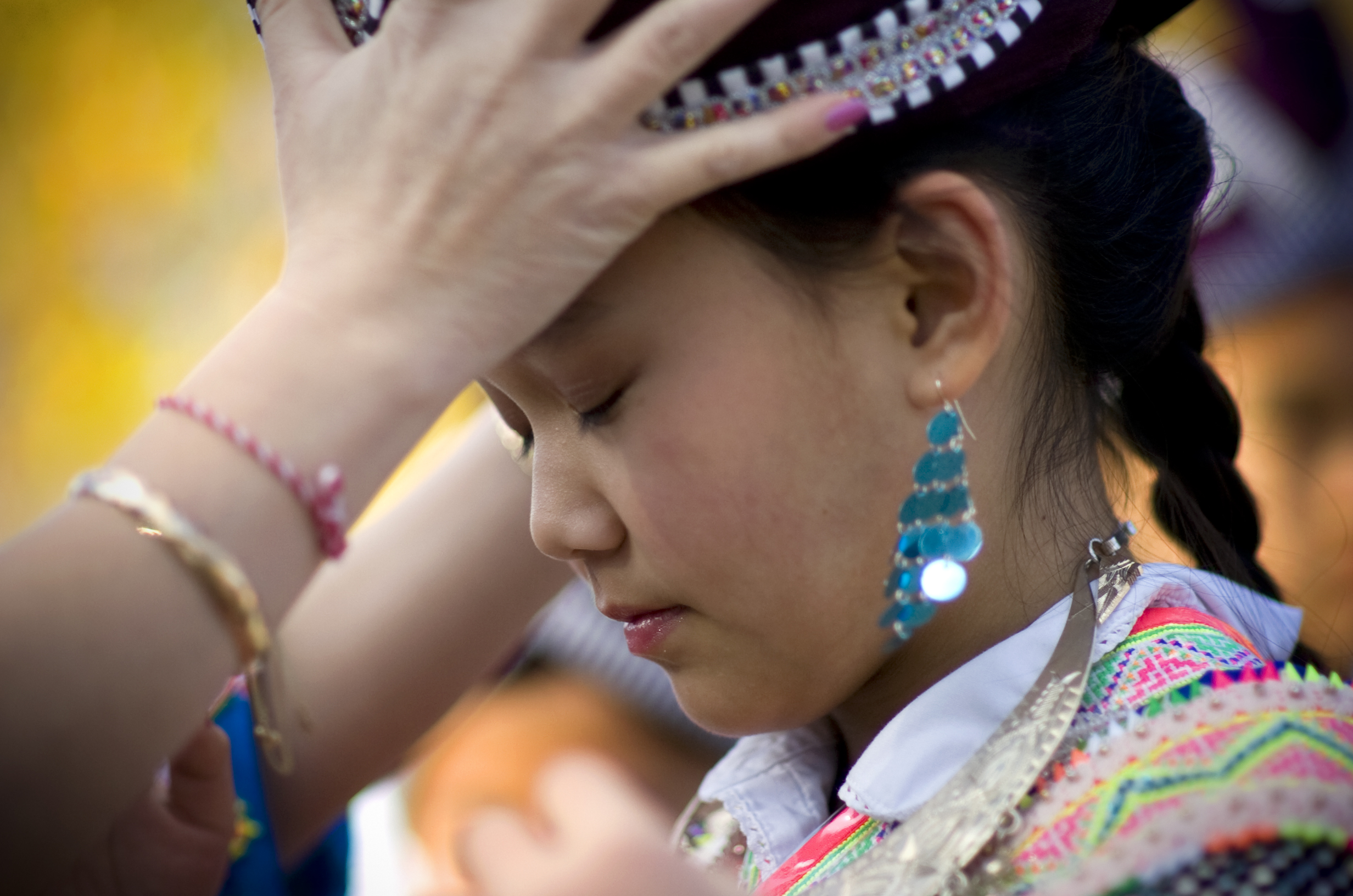Adrienne’s mentor, Larry Smallwood (Amik O’Gaabaw)—whom Adrienne refers to as the “storykeeper of the jingle dress—was one of the knowledge-bearing elders. Now, Adrienne sees herself on the other side of that exchange—once the mentee and now a storyteller informing the next generation.
“He had this booming baritone voice, and he’d say things like, “Someday, I’m not going to be here to answer the questions people are going to ask you,’” Adrienne remembers. However, she acknowledges the concerns elders like Larry shared about adapting oral stories into written pieces.
“They were so fearful of stories being stolen or commercialized. When you think about the hiding and people only being oral knowledge keepers at the time, I think it took people from my generation to realize there’s so few people who hold that knowledge, so we need this to happen.”
“They were so fearful of stories being stolen or commercialized. When you think about the hiding and people only being oral knowledge keepers at the time, I think it took people from my generation to realize there’s so few people who hold that knowledge, so we need this to happen.”
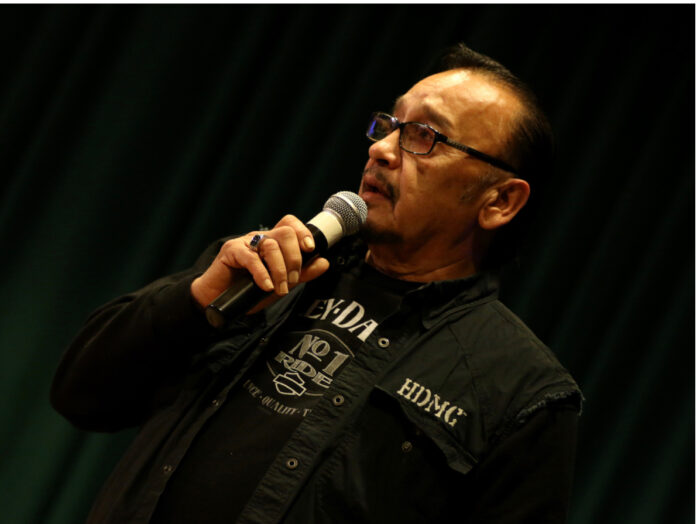
With the support of the Taproot community grant funds, Adrienne assembled a collaborative team committed to approaching the project with care and cultural integrity—ensuring the book remains rooted in community storytelling and the Ojibwe language. “Right off the bat, I wanted to work with a local company and someone else who was from my tribe,” Adrienne says. “I didn’t want a publishing company to commercialize it. Nobody owns this story.”
Bringing this vision to life, Adrienne partnered with Melissa “Baabiitaw” Boyd–founder of Paakit Knife press and language immersion educator based in Misi-Zaaga-iganing, Mille Lacs, Minnesota—who is instrumental in making the book bilingual with Ojibwe and English. Virginia-based illustrator Matt Trussell will capture the story’s colorful movement through his vibrant artwork centered around Indigenous cultures.
As a tribute to her late mentor, Adrienne plans to model the old man with the dream after Larry—a subtle nod to his constant presence in the story. “I know he would’ve appreciated that,” Adrienne says. “Maybe Larry didn’t get all of the accolades and love, so I want to put in his work and continue it in this way. His work does go beyond him. I give him all the credit for being the person that carried this story through silent times.”
Adrienne sees the book as a stepping stone in reimagining how elementary and middle grade students interact with Indigenous history. “For so long, it has always been romanticized, but not from our perspective,” she says. “The public school system can see that our history is important, too. We have amazing, cosmic stories–this story is particularly special because it does hold power to show that we did have connections, we have our own way of believing, and this person obviously believed in his dream enough to make it a reality.”
The public school system can see that our history is important, too. We have amazing, cosmic stories–this story is particularly special because it does hold power to show that we did have connections, we have our own way of believing, and this person obviously believed in his dream enough to make it a reality.
She envisions a future where tribal communities have agency over how their stories are taught in public schools. “I hope that tribes actually get to decide individually and collectively what they want in the Minnesota curriculum,” she says.
Adrienne’s book will serve as a cultural touchstone and a gateway for language learning. “This book is a point in time—it’s a history piece and an invitation to engage with our language. That’s what makes me really excited—education systems are changing and the Ojibwe language is being revitalized by knowledge keepers, like Melissa, or in the little ways I can help out myself.”
Adrienne hopes to see the book’s impact extend beyond the pages and school settings—perhaps even into the world of LEGO. Inspired by Matt’s LEGO-style illustrations depicting Indigenous characters, Adrienne imagines a world where Native children can see themselves reflected in the figurines they play with.
“I just wanted to dream big—Native people have never seen themselves in a LEGO or have a traditional story tied to it. This started out as a book mostly for children on our rez, and now I feel like it can grow.”
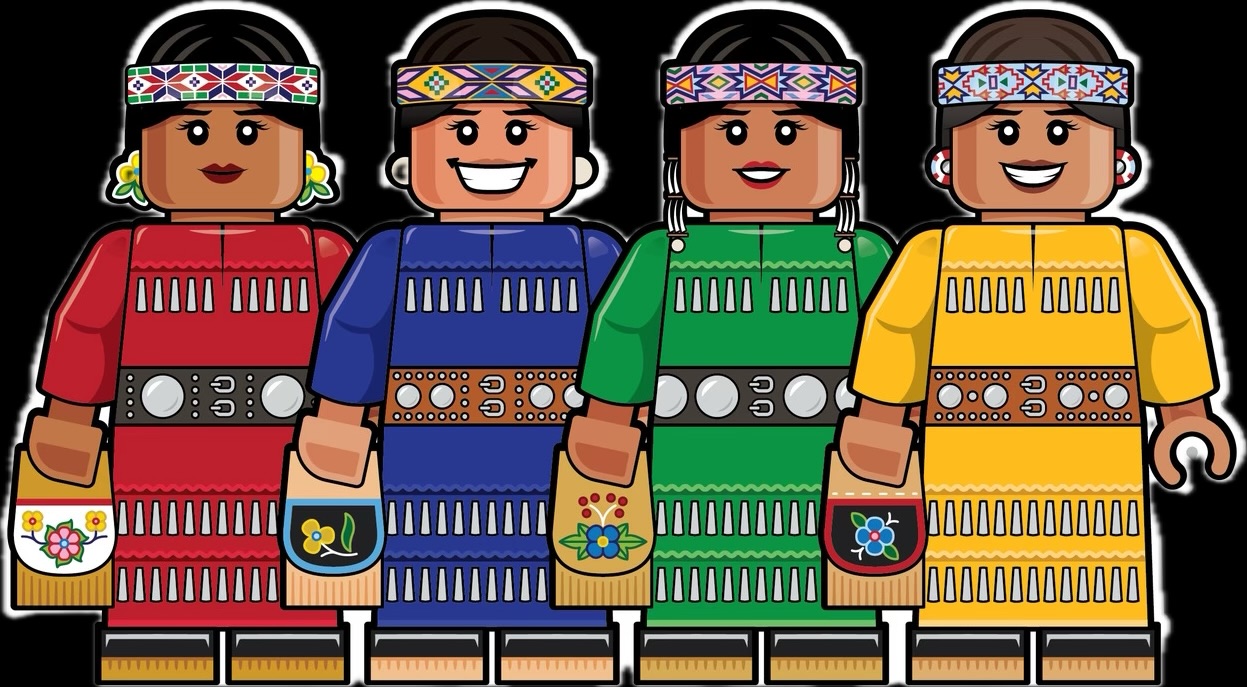
I just wanted to dream big—Native people have never seen themselves in a LEGO or have a traditional story tied to it. This started out as a book mostly for children on our rez, and now I feel like it can grow.
“What I loved about the possibility of developing LEGOs was that it shows our stories are just as cool and important as any other story a LEGO character might tell,” she continues. “How awesome would it be to collect all four books and get each of the colors of the LEGO girls?”
In conversation with other fellows, Adrienne reflects on the significance of this step in her creative journey. “So many fruitful conversations have come from talking to other Taproot artists—it’s a reminder that what we do is a duty, where we decide to take it on or not,” she shares. “Somebody has to do it, and I’ve been lucky enough to listen to elders, spend time with them, and learn while they were still here.”
From the rhythmic chimes of dancing in jingle dresses to the rich colors of her upcoming children’s book, Adrienne’s work carries forward a community legacy of healing and storytelling. What began as one man’s dream will continue to ripple outward—in pages, classrooms, and in the imaginations of young readers.
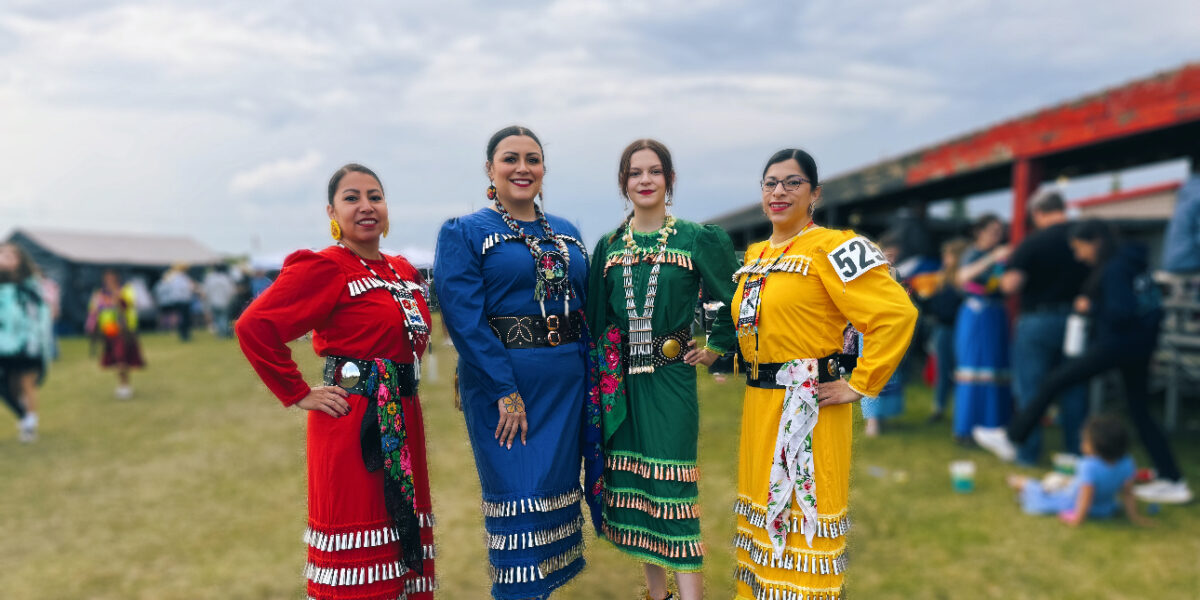
Learn more about Adrienne’s practice and the creative resources and collaborations that fuel her work:
- Explore Adrienne’s website
- Follow her on Instagram @yoadrienneb
- Watch the PBS Jingle Dress documentary featuring Adrienne and Larry
- Watch stop motion “Powwow Highway: LEGO Movie” by Jonathan Thunder
- Learn more about Paakit Knife Press
- Visit Melissa (Baabiitaw) Boyd’s LinkedIn
- Explore Matt Trussell’s website Follow him on Instagram @trussellsprouts_design

 Jasmine Kwok, ACTA
Jasmine Kwok, ACTA
